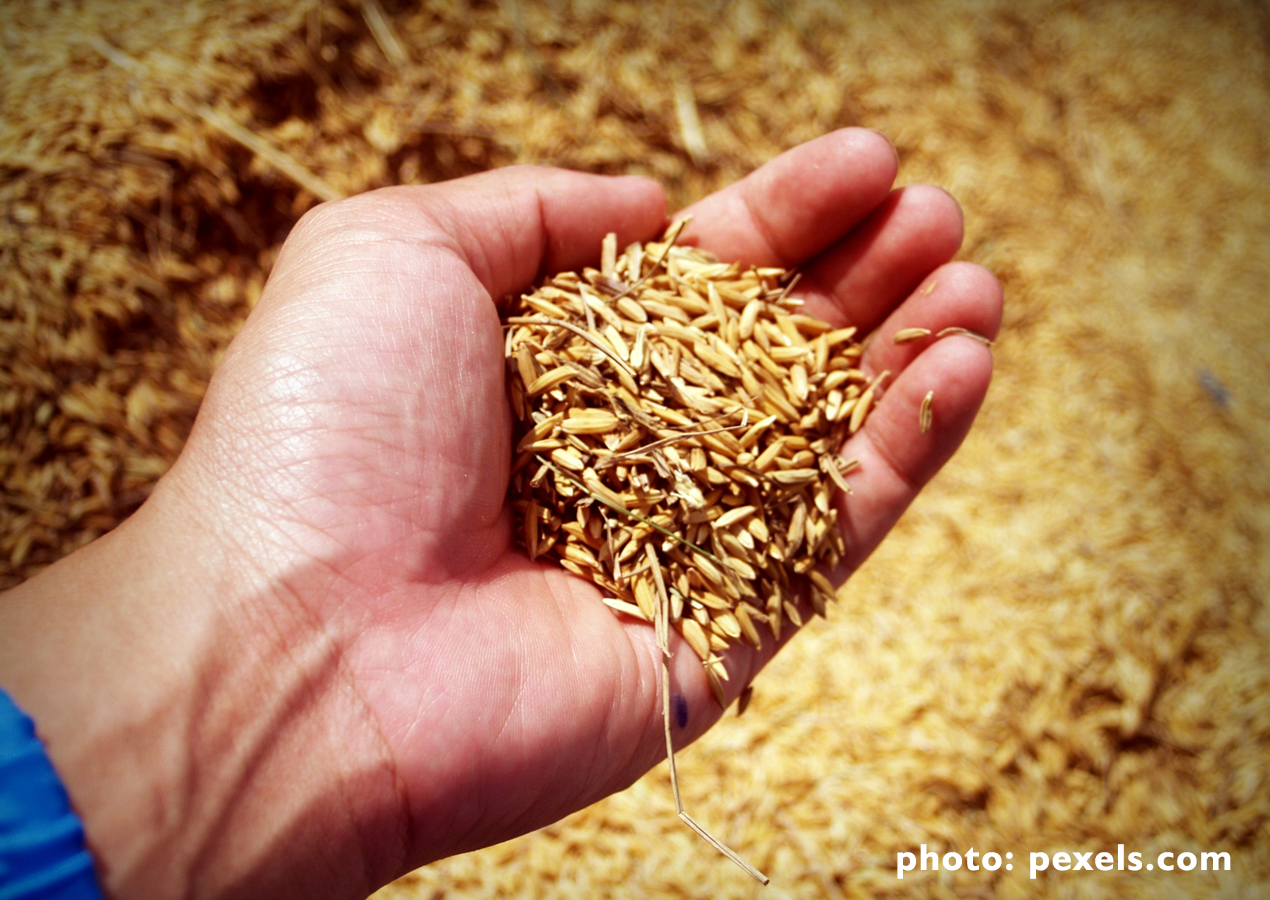Government Releases Customs Treatment of Bulk Goods Import
Tuesday, 14 April 2020

JAKARTA. The government issues regulations on customs treatment of the difference in weight or volume of goods imported in bulk, either liquid, gas or solid, which can potentially change in volume at the time of shipment.The provision is contained in regulation of the Minister of Finance (PMK) number 26/PMK. 04/2020 published on 27 March 2020 and valid 30 days afterwards.
In the regulation, it is mentioned that customs treatment on the difference in volume and weight of imports of bulk goods depends on three things. First, the amount of difference occurs whether a maximum of 0.5% of the total initial volume, or more than 0.5% of the total initial volume.
The second factor, depending on the time when the difference is found, whether when unloading goods, when research on customs declaration of import without physical inspection or when research on customs declaration of import by physical inspection.The third factor, depending on the cause of the difference, is it because of things that are still within the ability of the carrier or due to factors outside the ability of the carrier, such as natural occurence, difference in methods and measuring devices or due to force majeur conditions.
Difference In Unloading
If the Customs and Excise officials finds that the difference in volume or weight of imported bulk goods is not more than 0.5% of the goods unloaded, then the excess will be declared as excess that occurs outside the ability of the carrier. Therefore, there will be no additional import duties or administrative sanctions in the form of fines.
Whereas, when the difference is found above 0.5% of volume and weight, the Customs and Excise officials will undertake further research, to determine whether the difference arises because of an error that is still within the ability of the carrier or because of things beyond the ability of the carrier.
If it is due to an error in carrying capacity, the carrier will be subject to import duties and import and administration sanction in the form of fines. But, if the difference occurs because of something beyond the ability of the carrier, the Customs and Excise officials will not impose import duties or administrative sanctions.
Difference in Import Customs Inspection (Non-Physical)
When the difference in volume or weight of imported bulk goods is found at the time of import customs inspection, a maximum of 0.5% of initial weight or volume, will be subject to import duties and import tax without being subjected to administrative sanctions in the form of fines. But, if the difference is above 0.5%, it will be subject to import duties and import tax and also administrative sanctions in the form of fines.
Difference in Import Customs Inspection (Physical)
In addition to checking documents, Customs and Excise officials can also carry out a physical inspection when conducting research on import customs notification letter. If during the physical inspection there is a difference between the volume and weight of the imported bulk goods which are not more than 0.5% of the initial volume or weight, they will be subject to import duties and import tax without imposing administrative sanctions in the form of fines.
Nevertheless, if the difference is above 0.5%, customs and excise officials will collect import duties and import tax, following by setting administrative sanctions in the form of fines.
Difference in Export Customs Inspection (Physical)
In addition to checking import customs notification documents, Customs and Excise officials also examine export customs notification physically. If during the examination, it is found that the excess of the volume or weight of the exported bulk goods did not exceed 0.5%, then the difference would be subject to an export duty without being subjected to administrative sanctions in the form of fines.
However, if the difference is more than the volume or weight of above 0.5%, it will be subject to export duty and be subject to administrative sanctions in the form of fines, because it is assumed to occur due to an error in the notification of the number of goods.
Difference During Inspections in Warehouses (Export or Import)
Warehouse inspection of exported and imported goods is part of the customs audit process conducted by customs and excise officials, including the import of bulk goods. If within the process, the difference between volume and weight is found with export and import customs notification not more than 0.5%, the official will calculate the value of export duty on excess of exported bulk goods and import duty on imported bulk goods without administrative sanctions.
However, if the difference is above 0.5%, it will be considered as an error in the notification of the number of goods, and therefore import duties and import tax will be levied. The calculation of the amount of import duty and import tax will consider the possibility, if at the research document phase, it has been subjected to import duty and import tax by the customs and excise officials who are conducting the research.


